Almost 10 years have passed since Onra arrived with the charmingly eccentric Chinoiseries LP.
32 Hip Hop beats formed the sample-based project – dusty Chinese vinyl hissing and crackling throughout – resulting in an intriguing and spontaneous mix of the producers interest in exploring a newly-discovered style of Music with his love for classic Hip Hop production.
Using the style of analogue MPC production combined with the somewhat restrictive record sampling of strictly Chinese Music records, he has been able to be creative over three volumes, an amount of 100 instrumentals, despite the challenge of finding more obviously standout samples in Chinese music.
The Chinoiseries projects are the type of albums that invites the listener to play it from beginning to end, in order to really enjoy the trip and appreciate the variety of rhythms and textures spread over those 32 short instrumentals. In that way, “Pt.3” is no different to its predecessors, but the originality of the samples, the curious harmonies and the odd-drum patterns still makes the album sounds as fresh as the first one.
Onra finishes this epic trilogy with class as a result of extended record digging across the Far East and the producer’s own development over the preceding 10 years.
As a producer who has released records inspired by 80’s Funk, 90’s Hip Hop and R’n’B, Electronic and even a Spiritual Jazz project, “Pt. 3” brings this stylised set to a close.
Normally a man of few words, Onra has his own take on the three Volumes:
‘I see the first Chinoiseries as a trip, inspired by my own first travel to Asia, each beat representing one particular moment of the journey, the second one, more like a soundtrack to a movie, each beat representing a different scene, and the third one, I tried to create a dark, smoky and mysterious cinematic atmosphere so you could create your own movie in your head.
For this last episode, I just really wanted to have fun with this type of material for the very last time. I dug deeper than ever and I have tried to do as many different rhythm patterns as possible, from various influences like Hip Hop (from different eras), to Bossa to Indian Music to Psych Rock, Soul, etc. and try to portray a different image of Chinese Music.’
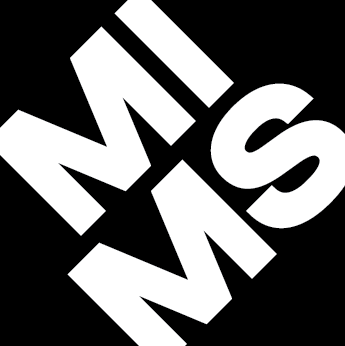
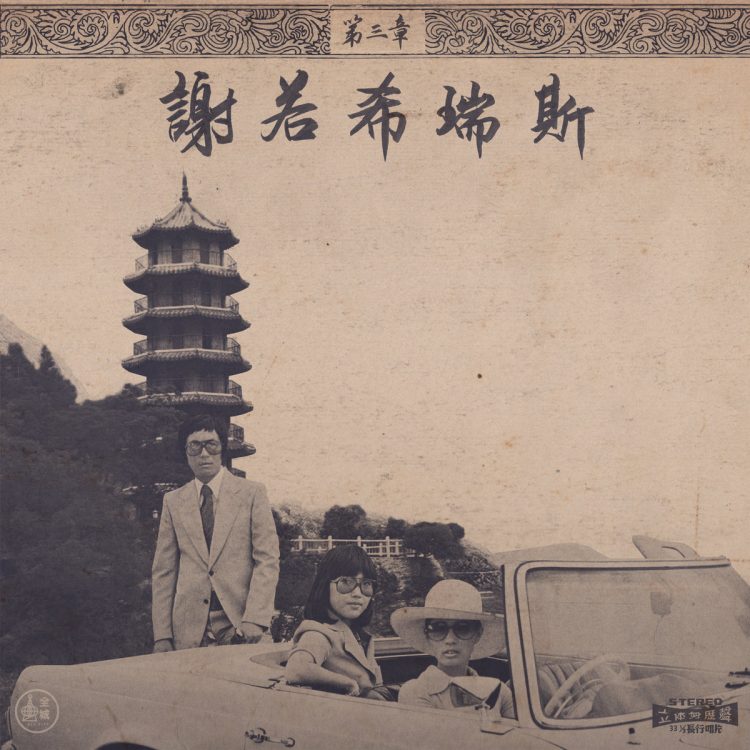
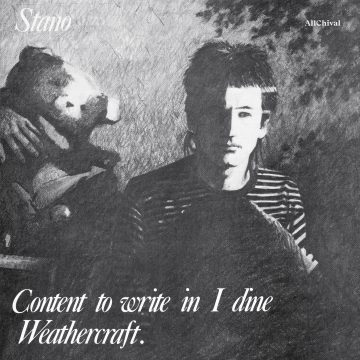
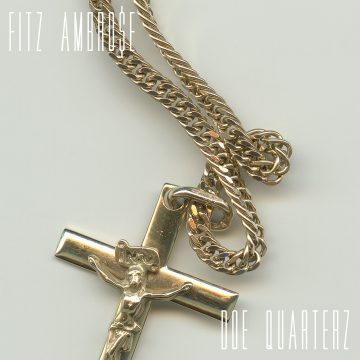

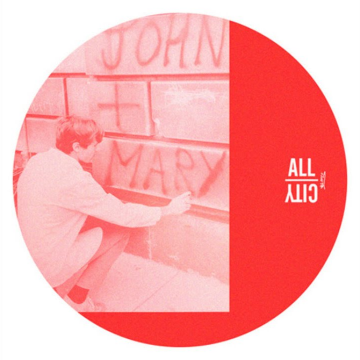
No Comment